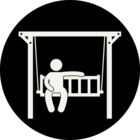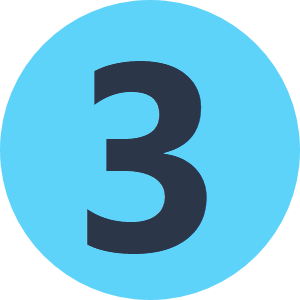The next screenshot is reading a corrupt geospatialPDF.
Result: It gets the page points, at the well known zero-island. The extent shows the points (~pixels if you like) of the original pdf. 595x842pt
 I know the coordinate system. LL84. Therefore I could overrule the coordinate system. But what happens is that the reader thinks there is no coordinate system. Therefore everything is considered page-points(595x842) And these coordinates are treated as lat,lngs. Projecting this geometry all over the ("edges" of the) world
I know the coordinate system. LL84. Therefore I could overrule the coordinate system. But what happens is that the reader thinks there is no coordinate system. Therefore everything is considered page-points(595x842) And these coordinates are treated as lat,lngs. Projecting this geometry all over the ("edges" of the) world
 The settings of the reader:
The settings of the reader:
The behavior of the first option would be in my mind.
Geospatial (if possible or over ruled).
 Is this a known limit and is there a way to read such document anyways with the right coordinates?
Is this a known limit and is there a way to read such document anyways with the right coordinates?






